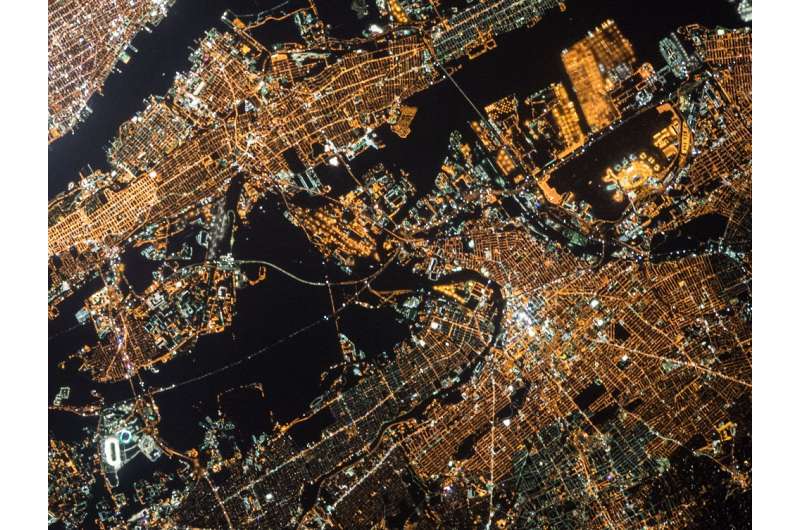Smart cities vs. 'locked-in' cities

One of the key issues facing modern cities today is municipalities being locked in to technology from a single provider, and instead ensuring they are free to transition to the most convenient products and services for citizens offered by competitors
As more cities launch smart municipal projects, a substantial need is emerging: the ability to share models around the world so that they can be replicated anywhere.
The basic concern is to avoid cities or districts becoming self-contained, "locked-in" islands, captive to a single company that holds all the enabling technology.
For example: Suppose a municipality commissions a public utility to provide street lighting. If, at some point in the future, it decides to choose an alternative provider, there would be no problem in a traditional city—the new company would simply replace the former system.
However, spreading digitalisation in smart cities is making it difficult for alternative companies to take over if they are unfamiliar with the previously commissioned software. Moreover, linking an air monitoring system to a previously installed lighting system is only possible if the latter is an open system that uses standard procedures.
Consequently, the municipality will either be stuck with the previous company for the new service, or the new company would have to start from scratch, meaning higher costs and longer time frames.
Several initiatives aim to address this so-called "vendor lock-in" phenomenon that jeopardises the development of smart cities.
An example is the agreement between Italy's National Agency for New Technologies, Energy and Sustainable Economic Development (ENEA), the Italian Ministry for Economic Development and the U.S. National Institute of Standards and Technology (NIST). They envisage open platforms to encourage the collection and sharing of data and technologies across Europe and the United Sates.
In particular, the results of some ongoing experiments by the Italian Agency for Energy Efficienc will be shared, such as the Bari project, in which IBM and TERA (electricity utility) have installed a system for monitoring energy consumption in the City Hall, in a school and in five houses.
From a technical standpoint, the platforms collect data in real time from all the applications, and this information is then used by the various utilities, the city administration and citizens. This is particularly applicable to cross-sector services such as night-time traffic data for controlling the intensity of street lighting.
Costs can be curbed if municipalities specify them when contracts are awarded along with certain standards. But the bill will be much higher if interventions are planned at different times. Mauro Annunziato, smart city expert from ENEA, therefore adds that "it is important for cities to be aware of these scenarios before they buy into a provider that locks them in."
Among the European initiatives to fight against the lock-in of cities is the Fiware (Future Internet Ware) programme, which offers incentives for smart applications in various sectors including smart cities, e-health, transportation, energy, agro-food and media. The platform offers a set of public and royalty-free APIs (Application Programming Interfaces) that can be used to develop smart applications suitable for all sectors.
Another example is Smarkia, an energy efficiency cloud platform that allows a group of aspiring smart cities, which joined the European project Remourban, to share "knowledge, ideas and success stories." Their aim is to elaborate "a sustainable urban regeneration model through the convergence of energy, mobility and ICT."
Luisa Mirantes López, expert in open source software development for big data and cloud computing, works for the Spanish company Xeridia, partner of Remourban. "We are the providers of this global ICT platform. It is being developed by means of open technologies and standards," she explains. "Each city, being an authenticated user of the platform, can manage its data within the global platform. In this way, although Smarkia is a proprietary product, it facilitates the integration and networking with the cities involved in the project."
Another initiative is Smart City Framework, a task force of international operators who create software that enables various systems around the world to communicate with each other.
"The problem we have with smart projects is that they are based on customised systems. They cannot be interconnected and, even if this were possible, it would not be economically viable," says a representative of NIST, which is leading this task force.
In order to remove these barriers, the group will draw up a document designed to facilitate the use of "common languages."
Provided by Youris.com


















